Winning the fight on the ground – 1st Test, New Zealand v. British & Irish Lions
Josh Syms’ excellent new series, focusing on techniques adopted by both sides at the breakdown, illustrates the amount of coaching time now devoted to body positions in contact.
It is also probably one of the technical areas in which the Lions were able to surprise the All Blacks with the quality of their play in the 2017 June series. The tendency of Lions’ ball-carriers to adjust their position on their ground, typically by performing a ‘power roll’ to take the ball away from a potential robber and give the support players extra time to arrive, was an important factor in their ability to keep ball and avoid turnovers.
During Joe Schmidt’s tenure as head coach, Ireland has probably led the way (at least in the Northern Hemisphere) in terms of advanced thinking about ball control. All aspects of breakdown play, including angle of cleanout entry to the tackle area, prioritizing one side of a ruck over another, the position of the ball-carrier on the deck and his preferred ball-placement in different attacking scenarios, have all been examined and dissected.
If you want to run a ball-control offence with long periods of possession, methods to win ‘the fight on the ground’ are crucial. For the ball-carrier, this means being pro-active.
As Josh Syms explains in the third part of his presentation, it is not enough to simply lay the ball back without thinking in the modern game, even at a full arm’s length. The timing of the placement and choice of options in presenting the ball are all key, as is the ability to withstand a challenge and offset the ‘jackal’ above you.
The first Test between the All Blacks and the Lions at Eden Park showcased a number of techniques described by Josh Syms, as they were interpreted by both sides.
Antony Watson and the proactive ‘long shoot’. One of the fundamentals is the willingness of the ball-carrier to make an extra effort from his ‘core’ (or solar plexus region) to move the top part of his torso towards his support and take it further away from the opponent. In the following example from the first half of the game at Eden Park, the ball is under no particular threat but Lions’ right wing Anthony Watson still makes a proactive effort to ‘shoot’ back towards his own goal-line on the ground, presenting the ball within two seconds for the second phase of the attack:
Watson is in the ideal ‘nail’ position (parallel to the side-line) as he places the ball:

Rieko Ioane and the ‘shoot’ under pressure. This example shows how the ‘shoot’ presentation can work under pressure from a defender. Here New Zealand wing Rieko Ioane has made the line-break, but the Lions’ number 8 Taulupe Faletau is above the ball as he goes to present it:
With the cleanout insufficient to take Faletau out of the play, Ioane does just enough to pin down his left shoulder to offset the jackal and allow a clean ball placement for the (positive) next phase:

Elliott Daly in ‘squeeze-ball’. With a potential threat present above the tackle ball in the form of Israel Dagg, Daly chooses to ‘squeeze’ the ball between his legs instead of trying to ‘shoot’ back towards his own goal-line:
As soon as Daly feels Dagg’s left arm working towards the ball, he pins his opposite (left) shoulder to the ground and brings his left leg across the ball to provide an additional barrier to any steal, and this is an especially valuable technique in heavy traffic, when ball security is the priority above quick delivery:

Peter O’Mahony and the ‘flat squeeze’. Here Lions captain Peter O’Mahony offers an illustration of the value of flattening the body to the ground in the squeeze-ball position:
As Josh Syms explains in his module, flattening the body out during the ‘squeeze-ball’ process – rather than for example performing it on your knees – decreases the safety risk for the ball-carrier while taking the ball further away from a potential contest by the opposition:

What happens when it all goes wrong! It doesn’t always work out as planned of course. The following example has the Lions’ number 7 Sean O’Brien trying to pin his opposite shoulder to the floor, only to have it levered back up by his All Black counterpart Sam Cane and forcing the turnover penalty:
These two screenshots show the two critical moments in close-up:


Sean O’Brien pulls his shoulder down as a preface to feeding back in the squeeze-ball position (as in the Daly example) but Cane is powerful enough to drag it back up and catch the process only halfway complete!
Summary
Technique on the ground at the post-tackle is becoming ever more detailed and focused from a coaching standpoint.
As Josh Syms’ series indicates, several different techniques are available to help the ball-carrier produce a quick delivery in contact and offset threats above the ball.
The ball-carrier can choose to ‘shoot’ back towards his support if he has the space and time, or ‘squeeze’ it back between his legs and flatten out if he’s in heavier traffic.
The most important factor of all is mind-set. Ball-carriers cannot approach contact thinking the ball can be placed back automatically. They have to be proactive and show a strong ‘core’ desire to move their body away from threats into the most suitable position for the attack to continue without losing momentum. They need to think and act ‘on their feet’ even when they are lying on the deck!
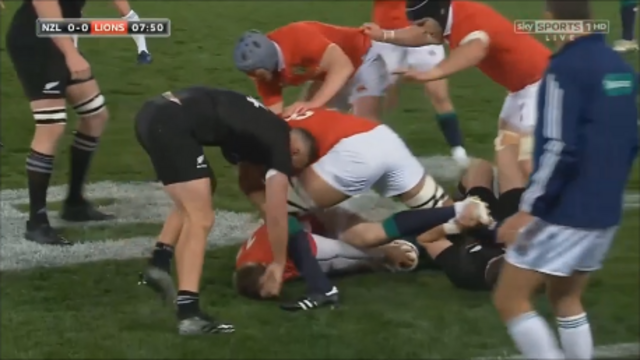


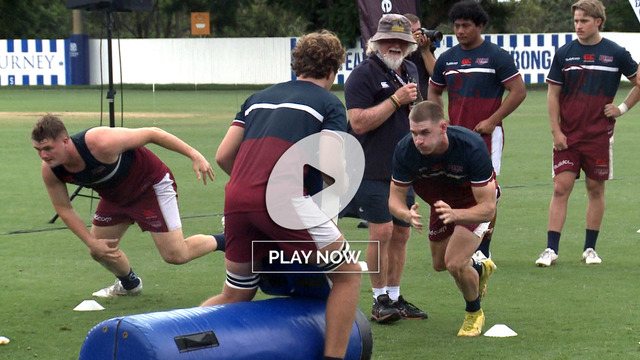
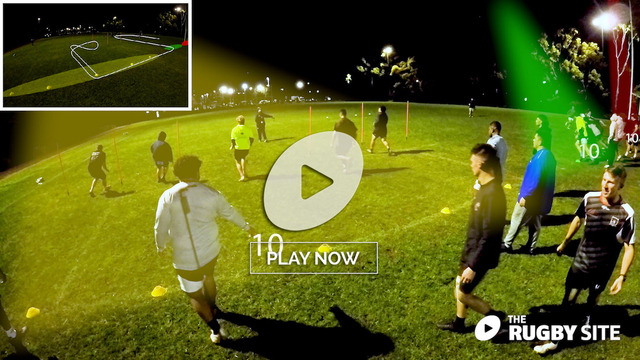

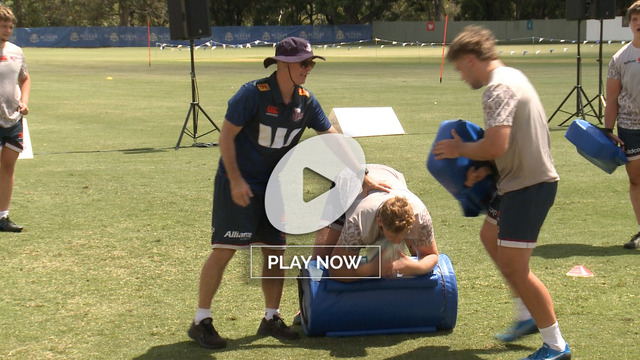
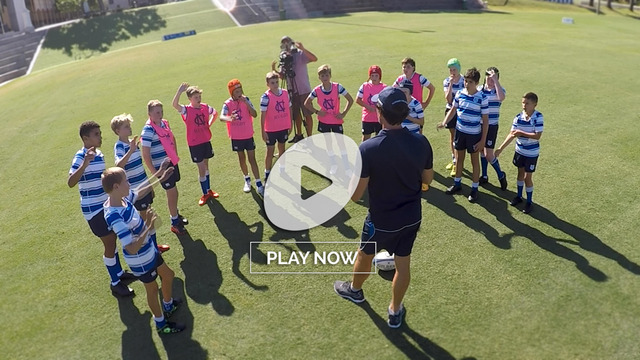

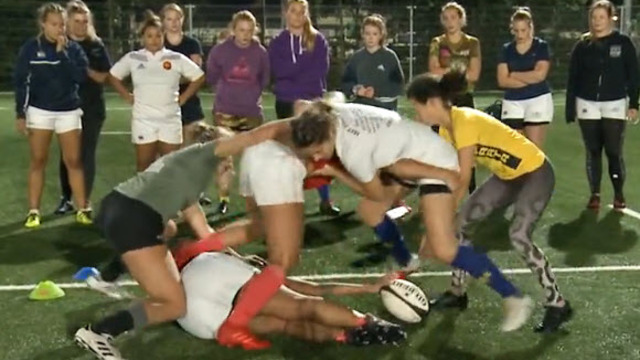

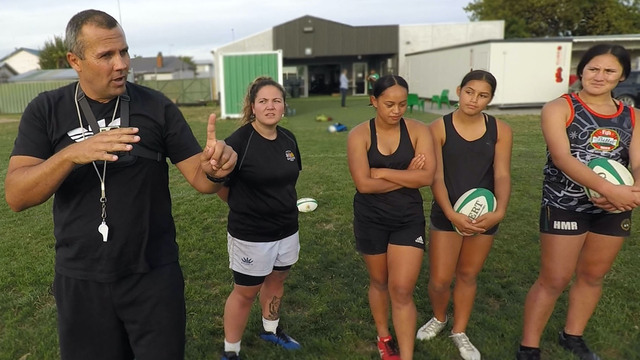

.jpg)
.jpg)
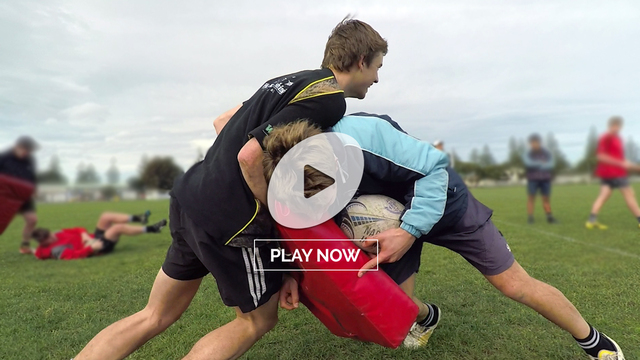
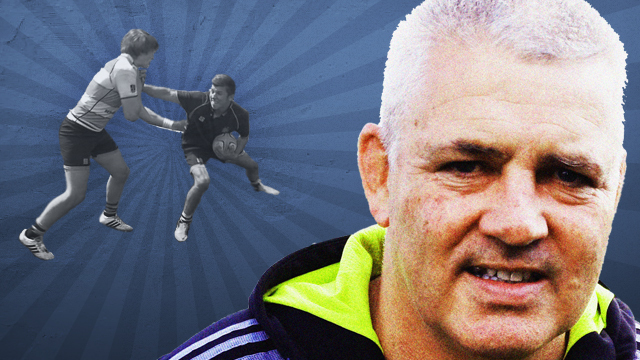
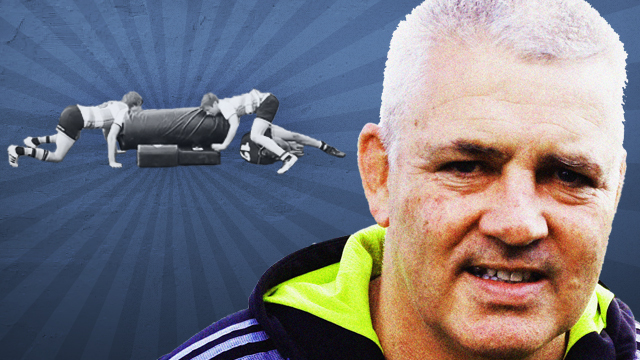
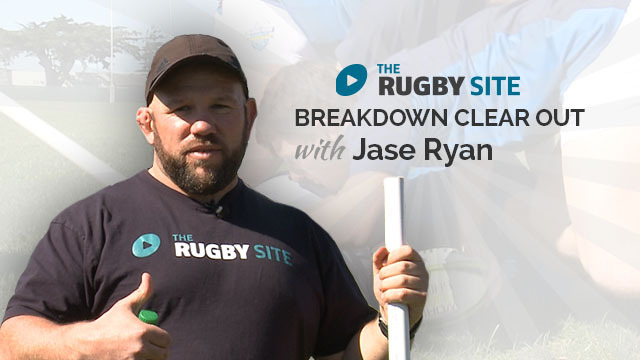
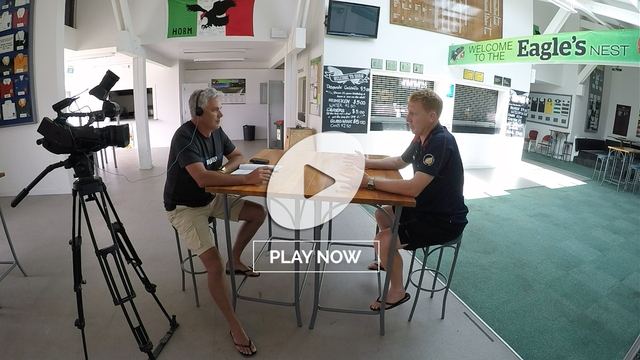
_no_button.jpg)

